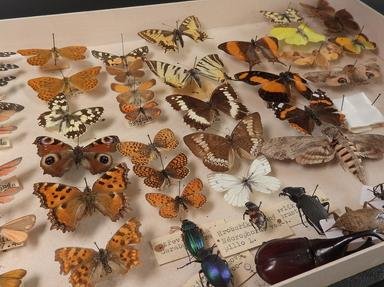Quiz Answer Key and Fun Facts
1. Darwin described the male of this species as "bold and pugnacious". The huge mandibles of these males are used to remove rival males from their "perches" upon female beetles.
2. The word "pupa" is derived from Latin, meaning:
3. Any behaviour that enables an animal to avoid predation by adopting characteristics of another animal is known as:
4. Rubbing together various body parts to create sound is known as:
5. The bulk of beetle circulatory, respiratory, digestive, excretory, and reproductive systems are found in which body segment?
6. Beetles remove waste products from the blood through what organ(s)?
7. This sac, found in the female reproductive tract, stores live sperm from the male:
8. This beetle, a common inhabitant of many gardens, is used in natural pest management.
9. Beetles undergo what form of metamorphosis?
10. Fireflies are members of the family Lampyridae. Members of this family share what common attraction tactic?
Source: Author
Leki
This quiz was reviewed by FunTrivia editor
crisw before going online.
Any errors found in FunTrivia content are routinely corrected through our feedback system.

